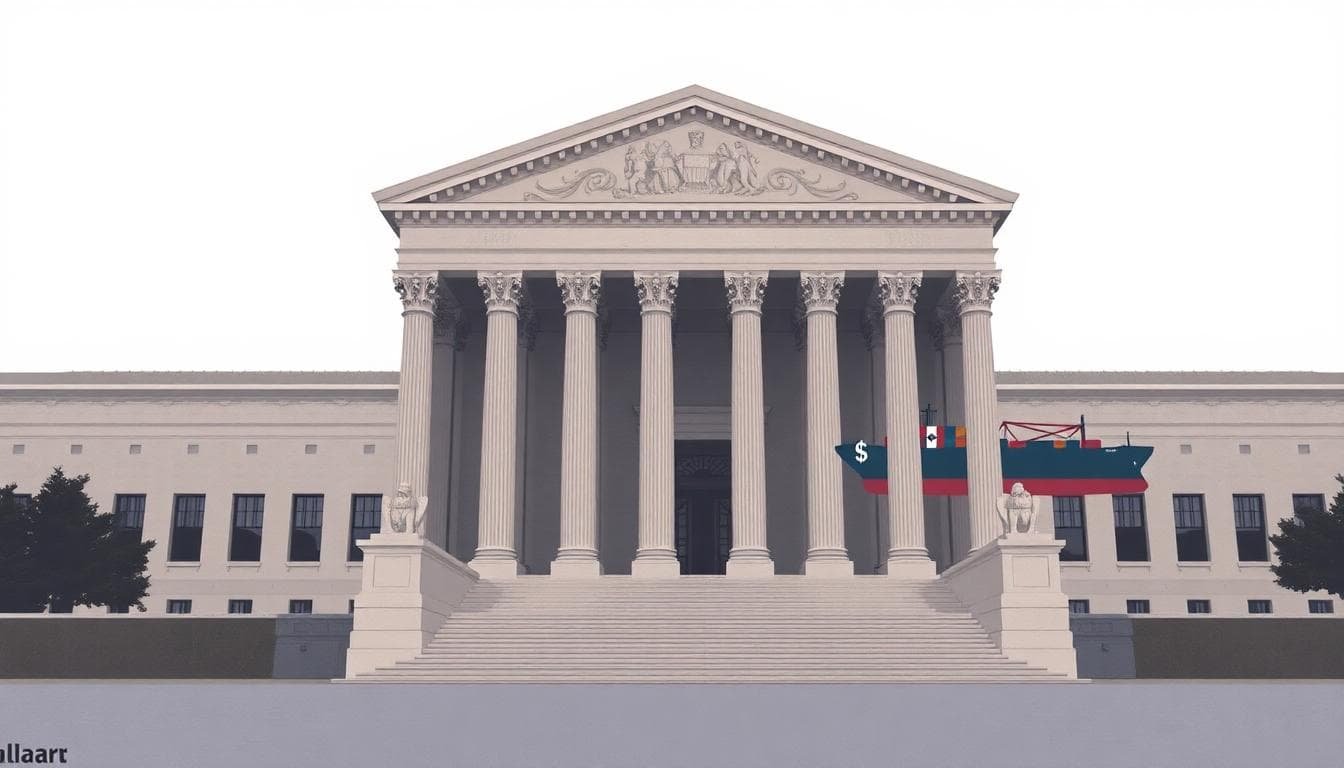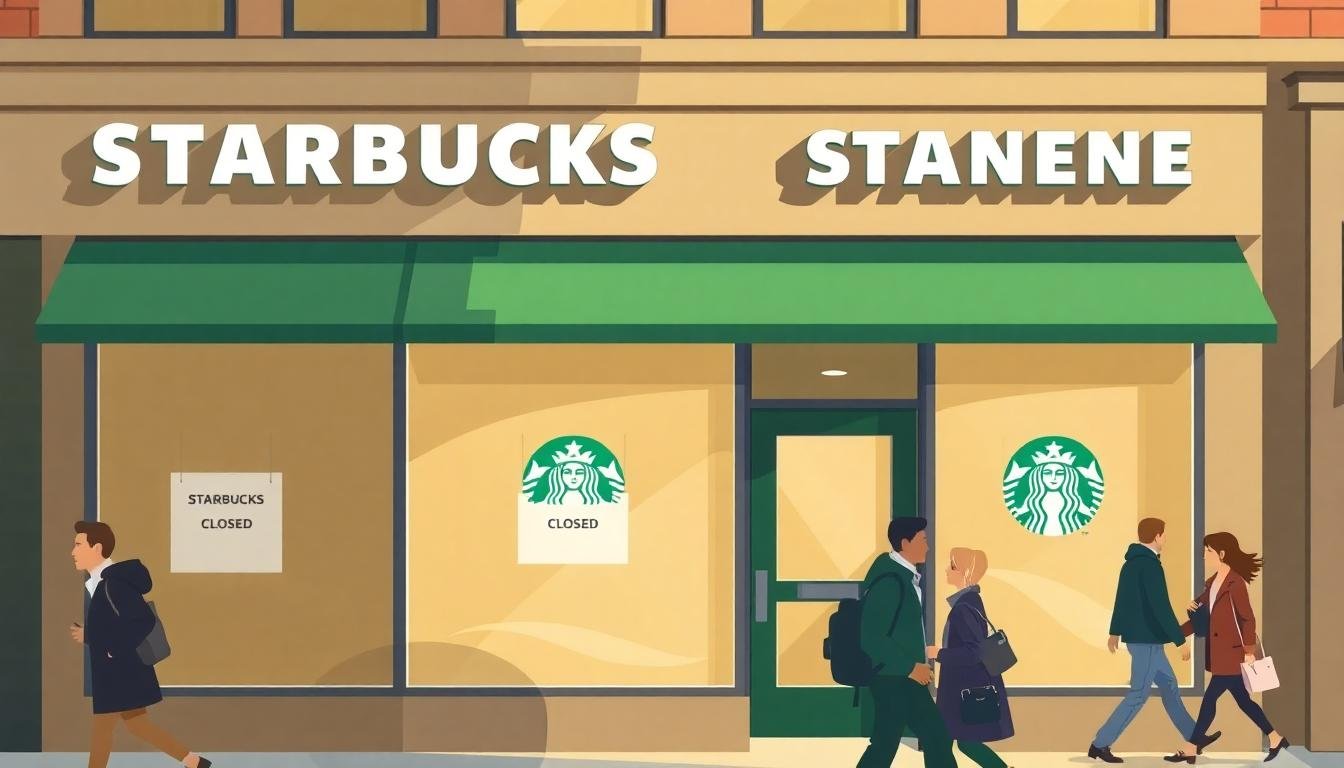Bitcoin and gold often trade as alternative stores of value. Gold has the history and central bank adoption. Bitcoin has scarcity, portability, and a growing market infrastructure. When a major institution like Deutsche Bank suggests Bitcoin could one day sit on central bank balance sheets, investors pay attention. It raises big questions about policy, liquidity, and how reserve assets might look in the next decade.
Below is an original breakdown of the thesis, what would have to change for Bitcoin to join gold in official reserves, and the practical milestones investors should watch.
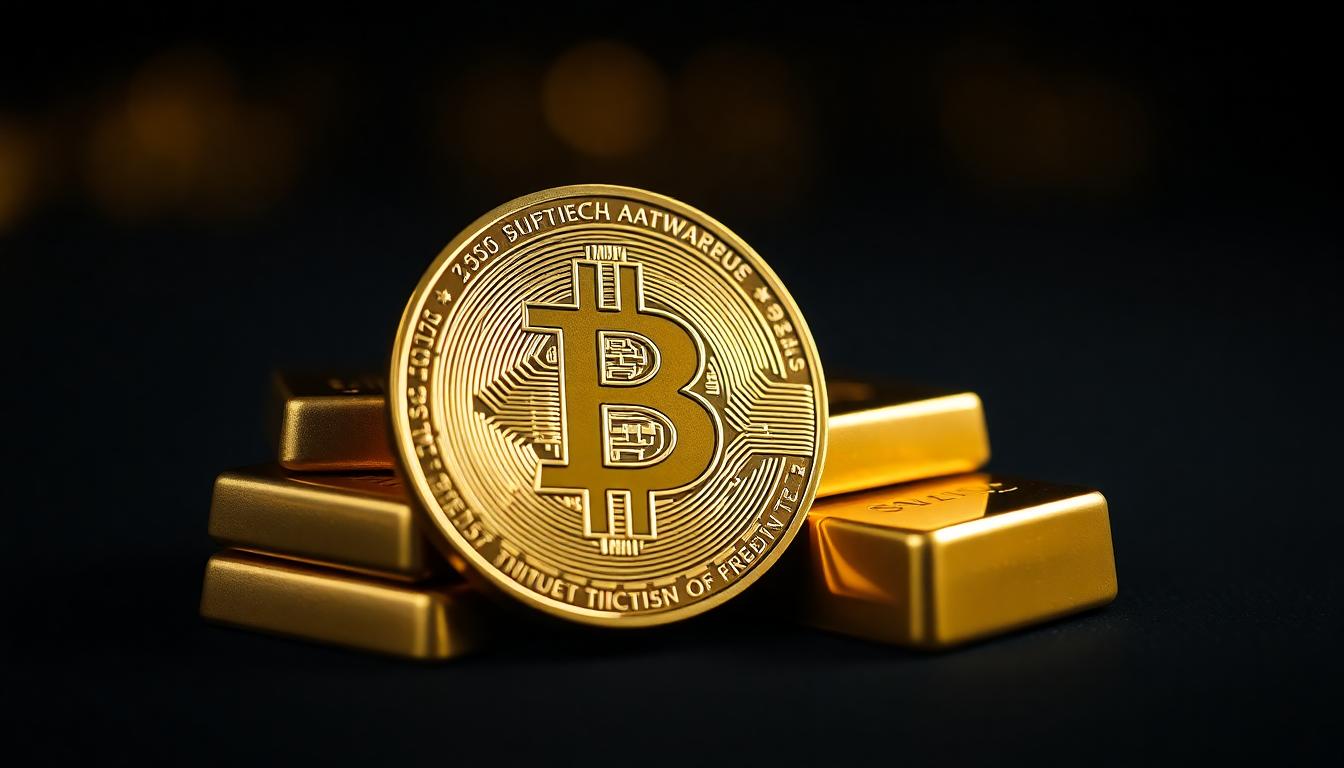
Why Central Banks Hold Gold
Gold is a neutral asset. It is not the liability of any government. It offers diversification, deep liquidity, and a long record through wars, crises, and currency resets. Central banks hold it to hedge currency risk and to backstop confidence. The playbook is clear and well tested.
What Would Make Bitcoin Appealing to Central Banks
Bitcoin shares some traits with gold. It has a fixed supply schedule and global market access. It settles quickly and can move across borders without intermediaries. For a central bank, the potential draws are diversification, seizure resistance, and a hedge against fiat debasement. But adoption would require several conditions to mature.
- Regulatory clarity: A consistent legal framework for custody, accounting, and capital treatment.
- Market depth: Larger, more stable spot and derivatives markets with reliable liquidity in stress.
- Custody standards: Institutional-grade cold storage, auditing, and incident response norms.
- Interoperability: Clear rails to move between fiat reserves, gold, and Bitcoin with minimal friction.
- Volatility management: Policy tools or allocation rules that account for higher price swings.
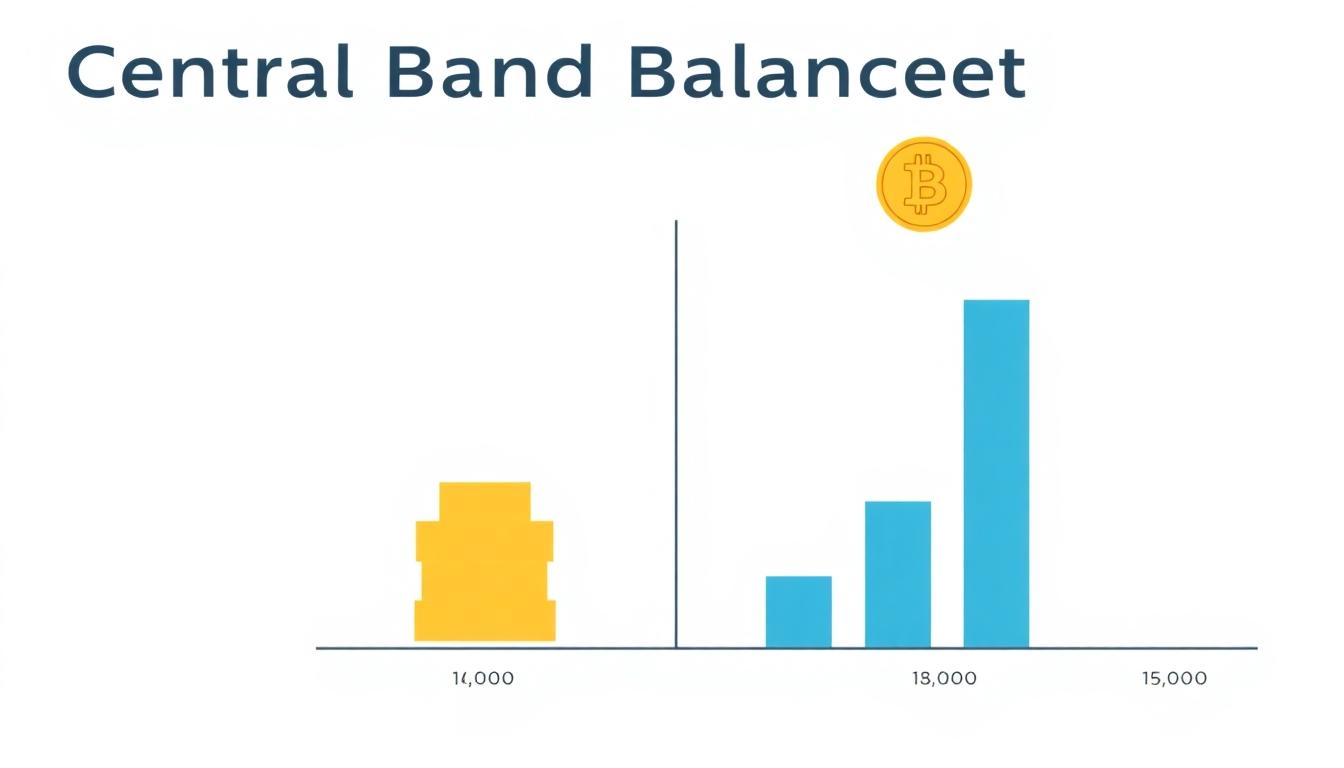 Even small official-sector allocations would be notable in a fixed-supply asset.
Even small official-sector allocations would be notable in a fixed-supply asset.
How an Allocation Might Start
If Bitcoin enters official reserves, it will likely begin small. Think pilot allocations under 1 percent of reserves in countries that already hold gold and have supportive regulations. Early adopters may be commodity exporters, countries seeking diversification from dominant currencies, or jurisdictions with active digital asset industries.
Over time, if custody, accounting, and market plumbing prove reliable, allocations could scale. Some central banks might hold Bitcoin indirectly through regulated funds. Others could manage it on balance sheet with strict key management and multi-signature controls.
Impact on Markets
Even modest central bank demand can be meaningful for an asset with fixed issuance. Gold markets respond when official sector flows shift, and Bitcoin could, too. A transparent, rules-based buying program would likely reduce perceived tail risk and tighten spreads. The signaling effect alone could draw more institutional participation and deepen liquidity.
Risks and Frictions
There are real hurdles. Volatility is high compared to gold. Policy conflict can arise if exchange controls or sanctions intersect with self-custodied assets. Cybersecurity and operational risks must be controlled. There is also the question of international coordination. Without shared standards, adoption could be uneven and create tracking or reporting issues.
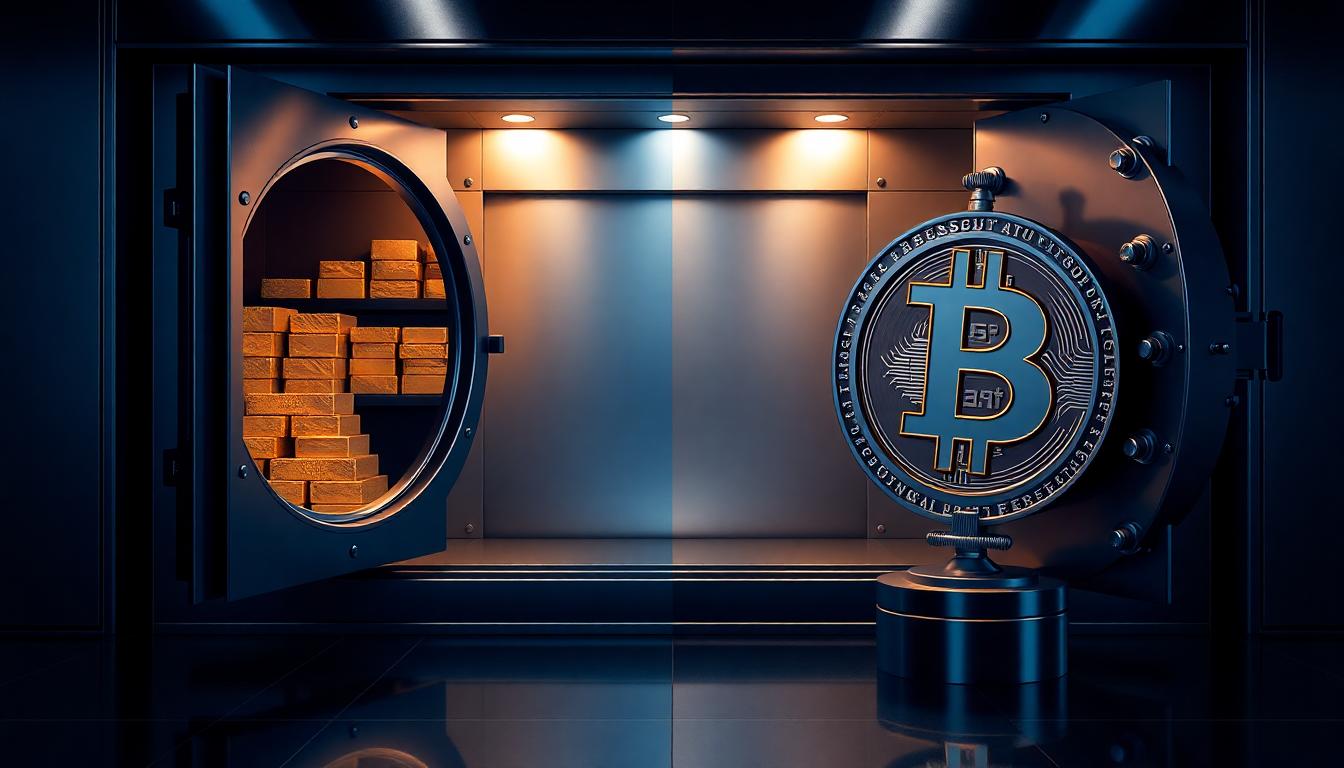
What Deutsche Bank’s View Signals
When a large bank opens the door to this idea, it suggests the conversation is moving from theory to scenario planning. Central banks are conservative. They move slowly, test thoroughly, and coordinate. The bank’s view does not mean adoption is imminent; it means the preconditions are becoming thinkable: regulation, custody, and market structure are maturing.
Key Milestones to Watch
- Clear accounting guidance for sovereign holders and public sector entities.
- Expansion of insured, audited custodians serving public institutions.
- FX-style liquidity in BTC pairs during stressed markets, not just calm periods.
- Legal precedents on sovereign custody, seizure, and recovery frameworks.
- Public disclosures of pilot programs, even if indirect via funds or ETFs.
Portfolio Takeaways for Investors
If you think central bank adoption is plausible over the next cycle, a small, long-horizon allocation to Bitcoin may make sense within a diversified portfolio. Expect path volatility. Use position sizing, rebalancing rules, and a defined thesis. Gold likely remains the bedrock reserve asset. Bitcoin, if adopted, would be an additive diversifier with higher risk and potentially higher upside
Central bank balance sheets change slowly. Gold earned its place over centuries. Bitcoin is young, but the rails around it are improving. Deutsche Bank’s perspective does not predict a date; it frames a direction. If regulation, custody, and liquidity keep advancing, the idea of Bitcoin alongside gold may shift from a headline to a policy option.
Disclaimer: This article is independent commentary and not investment advice. Always do your own research. Want me to add SEO meta title, meta description, and a suggested permalink for this post, lad? Or export this as a .html file ready to upload.
To contact us click Here .




